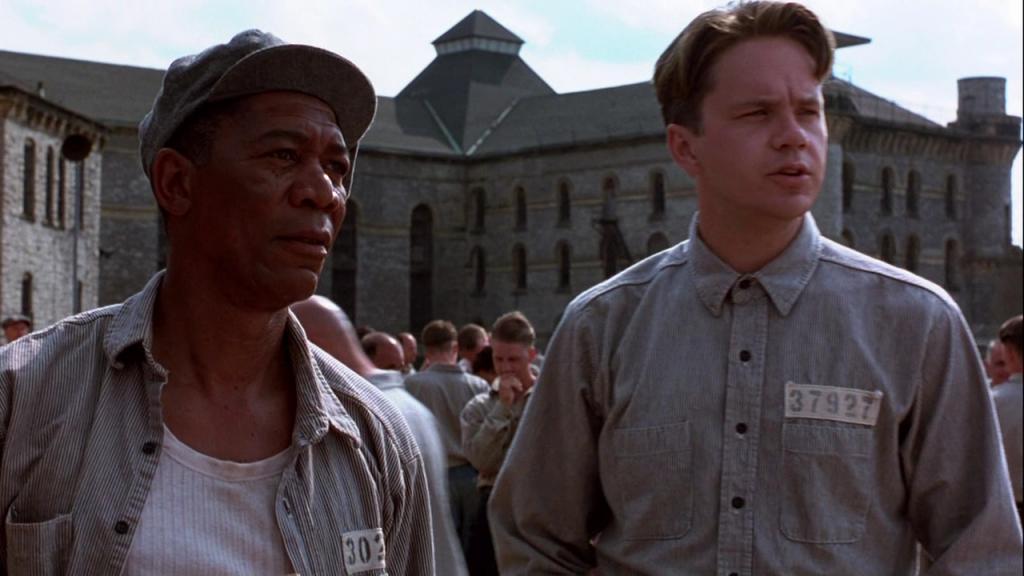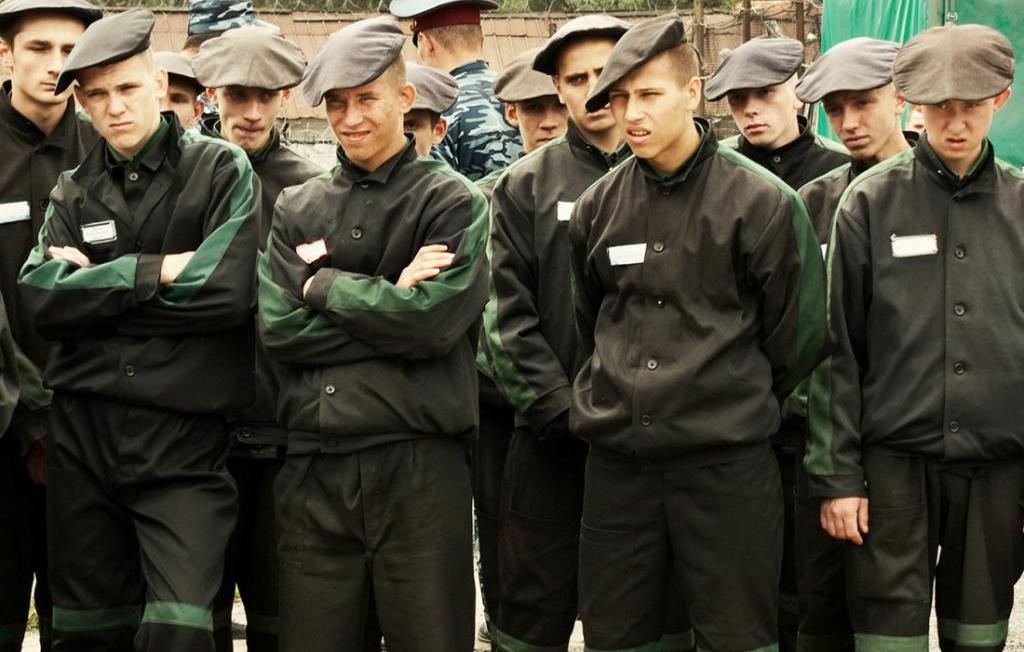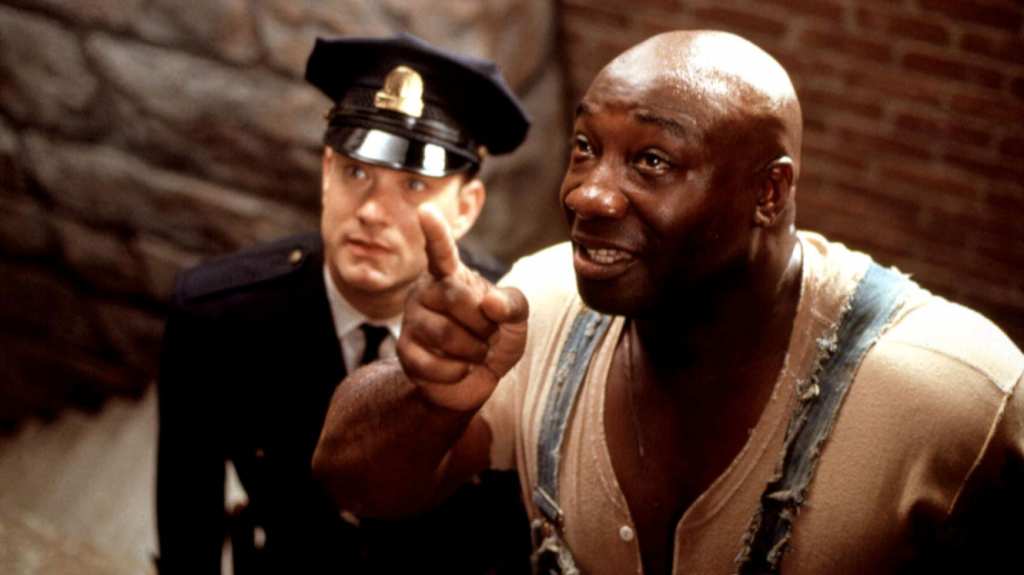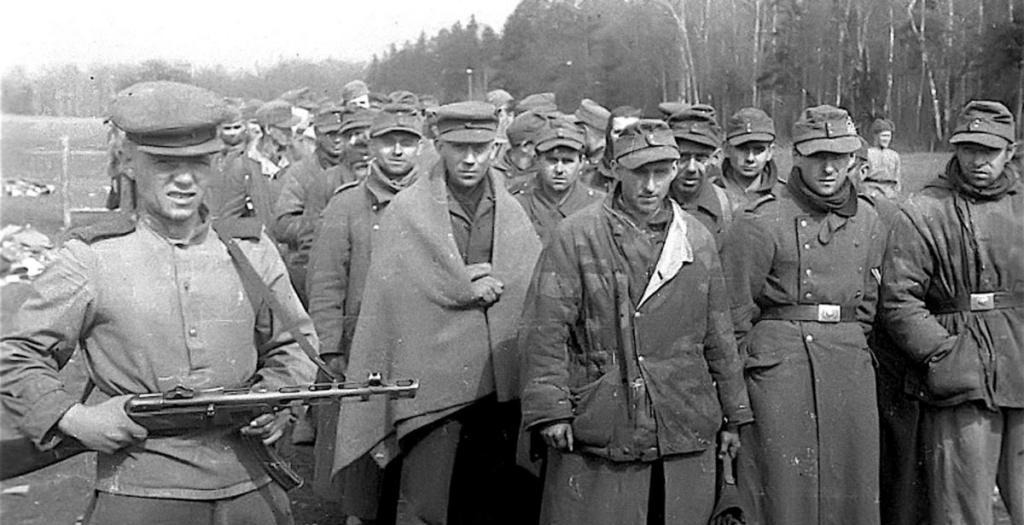In places of deprivation of liberty, there is a life of our own, unknown to us, in which special orders, laws and methods of interaction between people are observed. But still there is a huge difference between the rules in our prison and in the prison, say, of the USA. Domestic and foreign writers have written many books about the prison, which reveal the life and shocking realities of life behind bars. You will learn about the best works of such subjects from this article.
1. Freedom is what you have inside
Stephen King is a recognized master of horrors who has been haunting the minds of his readers for several decades. Contrary to stereotypes, this writer specializes not only in terribly realistic "horror stories" like "It." In his books on prison, he masterfully describes horror in human souls. Amazing films have been shot in many of his works. Stephen King's book "Escape from the Shawshank" is a story about a prisoner who served time in the most severe prison in the US state of Maine, but at the same time retained a human appearance, despite inhuman life circumstances. The young and wealthy banker Andy Dufresn is jailed on false charges of killing his wife and her lover. There, he meets an influential prisoner named Red, on behalf of whom the narrative is being conducted. Red is known for his connections outside the prison and his ability to get anything for the prisoners. Andy has a rather unusual request to him: get a geological hammer and a large poster of the then-famous actress Rita Hayworth. After 27 years of imprisonment, the former banker disappears without a trace from the Shawshank. Management searches the prison, but finds no trace of Andy. Having decided to search his cell, one of the guards tears off a huge poster from the wall. Under it is an impressive hole cut by a geological hammer.

It is worth noting that the protagonist for 27 years fell a lot of trials that would easily break a weak person: the betrayal of his wife, the pressure of prison walls, attempted rape during the year. Despite this, he was able to maintain inner freedom and courage that most of his cellmates did not possess. Stephen King’s book “Escape from the Shawshank” is a story that there is a way out in any circumstances, the main thing is not to break and not to give up. This story was filmed by Frank Darabonte in 1994, the main roles were played by Morgan Freeman (Red) and Tim Robbins (Andy). The film was repeatedly included in the list of best films based on the results of the audience’s vote, was nominated for the Academy Award seven times and received many international prizes and awards. No less commendable were and remain reader reviews about this book by Stephen King.
2. Hell is ourselves
The book "Zone" by Sergey Dovlatov is 14 chapters of memoirs and impressions of the author’s service in correctional institutions of the USSR of the sixties era of the last century. In this work, the writer describes the complex relationship between cellmates and warders. In his special manner, the author sets forth the events with a certain amount of irony and humor. It is worth noting that Dovlatov does not embellish, but also does not downplay the significance of the events described in the book. He smoothly leads the reader to the idea that there is no difference between a prisoner and a law-abiding free man. Just someone was more fortunate, and someone less. Descriptions of prison life are closely intertwined with notes and explanations addressed to the publisher. According to literary critics, Sergey Dovlatov worked most hard of all his works on the “Zone”. The writer bit by bit collected all the nuances and events described in the book, with detailed accuracy, traced the character of each character and the meaning of each event.

The saddest thing is that during his lifetime, Dovlatov was not published at home for political reasons, but abroad, namely in the USA, his book was received with a bang at that time. According to Russian readers, “The Zone. Notes of the Overseer” is one of the most truthful books about prisons in the USSR in the middle of the last century.
3. And there are angels in purgatory
The Green Mile is a book by Stephen King, who is not only an internationally recognized master of horror, but also a connoisseur of the human soul. So readers speak about his work after reading this work. This story happened during the years of the Great Depression in the prison cell for those sentenced to death under the name "The Green Mile". The compartment is so named because of the dark olive-colored floor in the corridor, which leads from the cell to the room with an electric chair. At the same time, cruel and unprincipled warden Percy (who is also a relative of the state governor) and unjustly convicted of the murder and rape of two white twin girls, African American John Coffey, gets there. It is striking that people who must be a priori cruel and callous take care of a defenseless living creature, such as the prisoner Delacroix. He takes care of an extremely smart mouse named Mr. Jingle, who inexplicably got into an enclosed space. The book The Green Mile shows very clearly the life injustice: the impunity of Percy, who mocks the prisoners, and the undeserved condemnation of Coffey. The latter is particularly noteworthy. This is a man of difficult fate, whose case the investigation looked through his fingers because of the color of his skin. He is unjustly sentenced to death, but at the same time, possessing the gift of a healer, he heals the wife of the head of the prison from a cancerous tumor. With the help of his gift, Coffey cured of the urinary infection also the warden Paul, trying to save the prisoners from the cruel lawlessness of Percy.

It is noteworthy that the African American convicted to the death penalty knew perfectly well that the healing of these people would not affect the execution of the sentence - he simply did what he could. But before Coffey’s death, he managed to restore some justice: passing the Green Mile, he transfers the illness of the prison’s wife to Percy with his gift, after which the inhuman guard becomes dumb and incapable. The Green Mile has been repeatedly recognized by world critics as one of the best books about the prison. In 1999, this work was filmed by Frank Darabonte, the main roles in the film were played by Tom Hanks (Paul) and Mike Clark Duncan (John Coffey). The film was nominated for an Oscar four times, received many international prizes and awards.
4. The executioner's confession
The book "The Firing Squad" by Oleg Alkaev is written answers to questions about prisons in Belarus and Kazakhstan. The author worked for 27 years in the judicial system, of which 5 years he was in a punitive unit called the "Firing Squad", specializing in the execution of death sentences in the most severe prison in the CIS. In addition, Oleg Alkaev was a witness in the case of the loud disappearances of the opposition’s objectionable authorities at the end of the last century. According to Russian and Belarusian critics, this is not just one of the books about the prison and the zone, but the exposure of the highest authorities, the undeniable facts and evidence presented in it, can shock the impressionable reader. Alkaev answers the questions that are relevant for Belarus: “Where have all the political opponents of President Lukashenko gone?”, “Why has he been in power for several decades under the proclaimed democratic regime?”, “Why does the president live in constant fear of Russia and the generals in power?” and "What is the true state of affairs in the country?"

For the inhabitants of Russia, Belarus is a calm country where nothing ever happens, a kind of small state, where peace and tranquility always reign. But this is just a screen, an appearance behind which stands the authoritarian long-term rule of the head of state and the absence of a sharply-minded opposition. The author also highlights issues such as the details of the execution of a death sentence, the relationship between cellmates and prison guards, the unspoken laws of prison life. It is worth noting that the author of the book was forced to emigrate to Germany for obvious reasons. According to Alkaev, qualities such as falsehood, hypocrisy, and licentiousness are now elevated to the state rank, and each incorrectly interpreted word can be mortally dangerous not only for him, but also for the author of any revealing book.
5. Survival allowance in Russia
Valery Abramkin is a writer, dissident and famous public figure who is known for actively defending the rights of prisoners. Despite a criminal record under a political article, his image does not fit into the stereotypical idea of the former prisoner. He has two higher educations, several dissertations and books about the prison. This wonderful person died in 2013. The book "Prisons and Colonies of Russia" by Valery Abramkin is a guide to survival and legal literacy in our country. It contains the experience of lawyers and legal figures, practical recommendations for survival in prison, advice on maintaining legal competence behind bars and a set of legal norms that are necessary and useful for every person. The main part of the book consists of prison concepts and laws, which, according to the author, are very reminiscent of a set of biblical commandments (in contrast to Soviet law).

In prison, there is no lawlessness and anarchy, as we used to think, rather, on the contrary, everything obeys the established axioms with which no one in the zone even thinks to argue. This book, according to readers, will be useful to a wide range of people: both former prisoners and law-abiding citizens, as well as law enforcement officials.
6. "Sailor silence"
Felix Svetov is a Russian writer, a well-known public figure in the USSR and a dissident wrote many books and articles about God and faith. In Soviet times, he spoke openly about Christianity and Christians, for which he would pay his own freedom. In January 1985, Svetov fell into the infamous Sailor Silence, where he spent one year of his life. Then he was tried again, and he ended up in eight transit prisons in the Altai Territory. Felix Svetov’s book “Prison” is an essay and impressions of the most famous place of imprisonment in Russia. The book says that prisoners are kept in inhuman conditions, that criminals certainly deserve punishment, but certainly not bullying by warders and the lack of basic amenities for a normal person's life. According to the writer, he could not forget about that time, it left an indelible imprint on all his future activities. Of course, the Prison was not immediately published, the manuscript was first submitted to the general public for trial only after the collapse of the Soviet Union in 1991, and the Neva magazine published it.
7. In conclusion for the verses
The eighties of the last century are considered to be relatively free time in the Soviet era. Films with Chuck Norris and Bruce Lee appear on magnetic cassettes, music becomes more free and "western", black marketeers dress young Soviet citizens in their first jeans. But judging by the book by Irina Ratushinskaya, “Gray is the color of hope,” the Stalinist era of repression and exile did not end at that time. The author, along with other dissidents, is sent to prison for 9 years on political grounds. Ratushinskaya, like many of her ideological inspirers and followers, paid with her freedom for poetry on a religious theme. In places of deprivation of liberty, she had to endure a lot: terrible living conditions, strikes and hunger strikes, moral pressure from the leadership (prison and state). Opening the book of Irina Ratushinskaya, we find ourselves in another world with completely different values. Fragile women were ready to defend their beliefs to death, no matter what. Such tests cannot be passed to a weak person without ideas and beliefs. Many events in this book are confused, the names of people who helped “politicians” to keep in touch with the outside world were changed so as not to endanger their lives with the danger to which the author and her followers were exposed. According to readers and critics, this is the hardest book about reality in women's colonies.
8. Not thanks, but contrary
Nadia Mikhailova is a simple girl from the village of Malakhovka. Like all her peers, she dreams of a bright future, of entering the theater institute. But at one point her life crosses out evil rock: a girl ends up in Vorkuta, in a maximum security prison. One day, her whole life is crumbling. She finds herself in a completely different world, where animal laws reign, of which she did not even guess. The prison is filled with political criminals, enemies of the people, and people like her with broken destinies. But in spite of everything, Nadia manages to save herself and live by her own laws, which clearly dictate to her what is good and what is bad. Freedom is no longer a naive girl, but a woman with a broken life. There is no happy ending in this story: Nadia understands that injustice and lawlessness reign not only in the zone, but also outside it. "The story of one zechka" by Ekaterina Matveeva is an autobiographical book. It is sad, in the Stalin era, people were imprisoned in huge numbers with and without, cruelty and lawlessness of the authorities knew no bounds. Throughout the Soviet Union, there were hundreds of thousands of broken fates.
9. This is impossible to believe
Often the most shocking reader is not fiction, but dry statistics and irrefutable facts. "Sukhanovskaya Prison. Special Object 110" L. A. Golovkova is a collection of memoirs of eyewitnesses and miraculously surviving prisoners of the NKVD special object, which was created by Stalin's right hand Lavrenty Beria to deal with his predecessors that were objectionable to him. Along with the unwanted authorities of the revolutionary opposition, prominent figures of art and culture, collective farmers and workers were in the Sukhanovsky prison, who were interrogated with partiality only in order to obtain the necessary testimonies. The fate of the interrogated was always the same: after they gave the necessary information, they were taken to execution. The editor of this book, Semyon Samuilovich Vilensky, is one of the few prisoners who survived after staying in Sukhanovskaya prison.
Lydia Alekseevna Golovkina, the author of the book, did a great job of restoring the archives of the Stalin era and exposing terrifying facts about the life of political prisoners. Her work feels genuine sympathy for the victims of the repressions, who were undeservedly exiled to the likeness of hell on earth - concentration camps and exiles.
Dry statistics
From 1921 to 1954, the total number of prisoners in the Soviet Union amounted to 3,777,380 people, including 642,980 were sentenced to death, 2,369,220 people were sentenced to 25 years, and 765,180 people were sent to life unsuitable regions. The table below shows in detail the change in the number of prisoners in the USSR from 1934 to 1963.
After the death of Stalin, his closest assistant, Lavrenty Pavlovich Beria, who, by the way, led mass repressions and executions in the country, issued an order for general amnesty three times. Two of them are well known. The first one was released in 1953, when 1.2 million political prisoners were released from the Gulag camps. The second was signed in 1955. It was a general amnesty in honor of the decade of the Great Victory, when unjustly convicted on charges of helping the Nazis were released. The first and least-known amnesty of Beria was carried out in 1939-1940. Then about 300 thousand people were released from the Gulag.
It would seem that with the death of Stalin the situation with the unjustly convicted should have stabilized, but, as statistics show, in the mid-eighties of the last century, the era of Stalinist repressions resumed, although this was not advertised in the media. This time, believers were massively judged - people who openly expressed their faith in God and wrote poetry and books on religious subjects.
Of course, many survivors in the camps and prisons could not keep the experience in themselves. They wrote books and essays. But due to the totalitarian state regime, most of them were not published immediately after the release of their authors. A boom in fiction books about the prison occurred in the early nineties of the last century, it was then that the former prisoners of concentration camps and prisons had the opportunity to talk about what was really happening in the country.
And all the works mentioned in the article were awarded not only high marks by literary critics, but also readers.